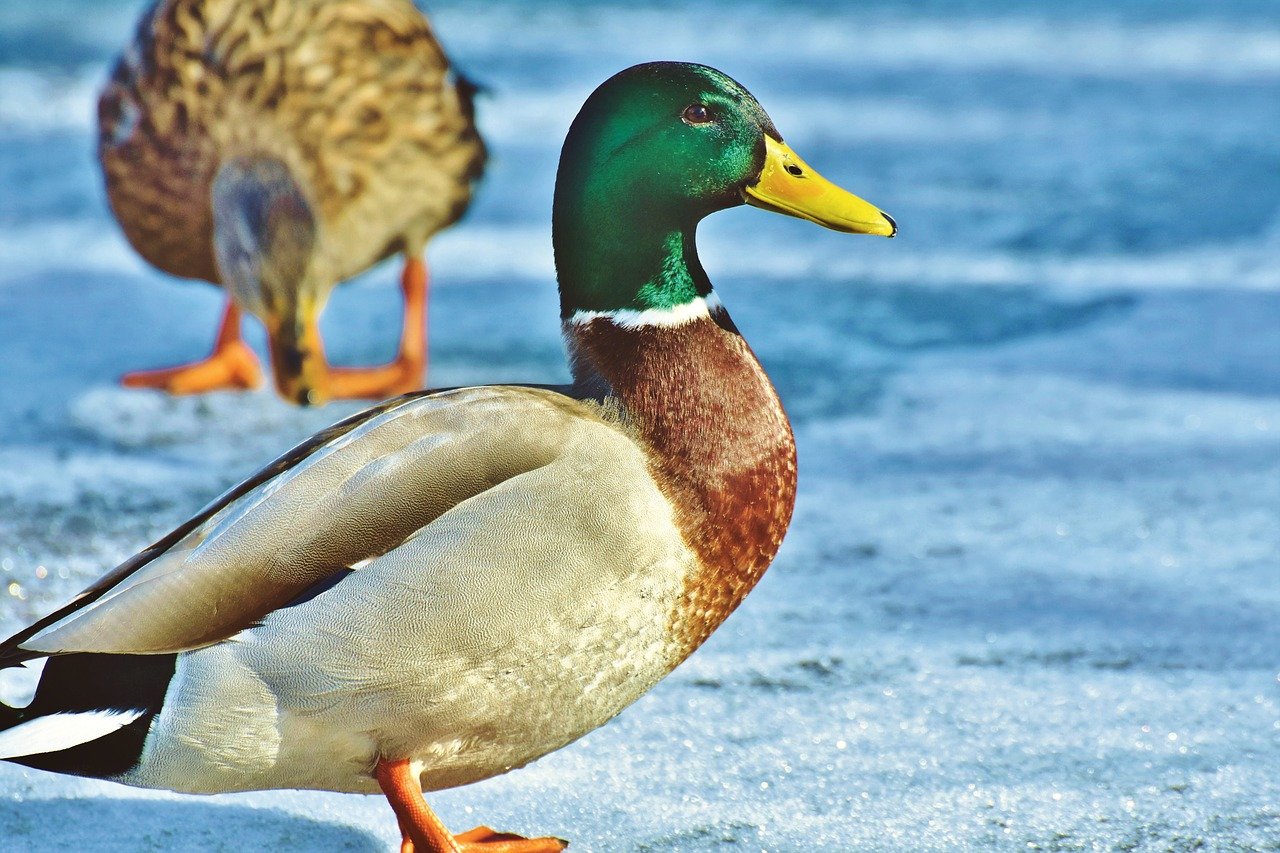Effekt av urbanisering och matning på förekomsten av övervintrande gräsänder Anas platyrhynchos i nordöstra Polen
DOI:
https://doi.org/10.34080/os.v20.22636Nyckelord:
vinterekologi, populationsstudier, ringmärkningsåterfynd, antropogena effekter, anpassningAbstract
Urban areas are alternative wintering sites for species with ability to exploit the new conditions that cities offer, such as food, shelter and reduced predation. During four winters (November–February), we recorded the number of Mallards along 108 km of rivers within an urbanization gradient from city centre to rural in north-east Poland. In the urban area, but not in the suburban and rural areas, there was an increase of numbers through winter with highest numbers in February, the coldest month. However, we found no correlation between numbers and ice cover. The only correlation was with feeding intensity by humans, and we suggest that intensity of feeding and the location of the feeding sites is the main factor determining number of wintering Mallards. This was supported by recoveries of ringed birds. Mallards ringed at good feeding sites in the city centre were recovered at the same sites whereas birds ringed in the periphery of the city tended to move to the centre in subsequent winters.
Nedladdningar

Downloads
Publicerad
Referera så här
Nummer
Sektion
Licens
Copyright (c) 2010 Michał Polakowski, Michal Skierczyński, Monika Broniszewska

Det här verket är licensierat under en Creative Commons Erkännande 4.0 Internationell-licens.
Författaren/författarna innehar copyright för varje enskilt bidrag, men samtliga bidrag är publicerade under en Creative Commons-licens, så att vem som helst kan dela och återanvända bidraget förutsatt att copyright-innehavaren erkänns.







